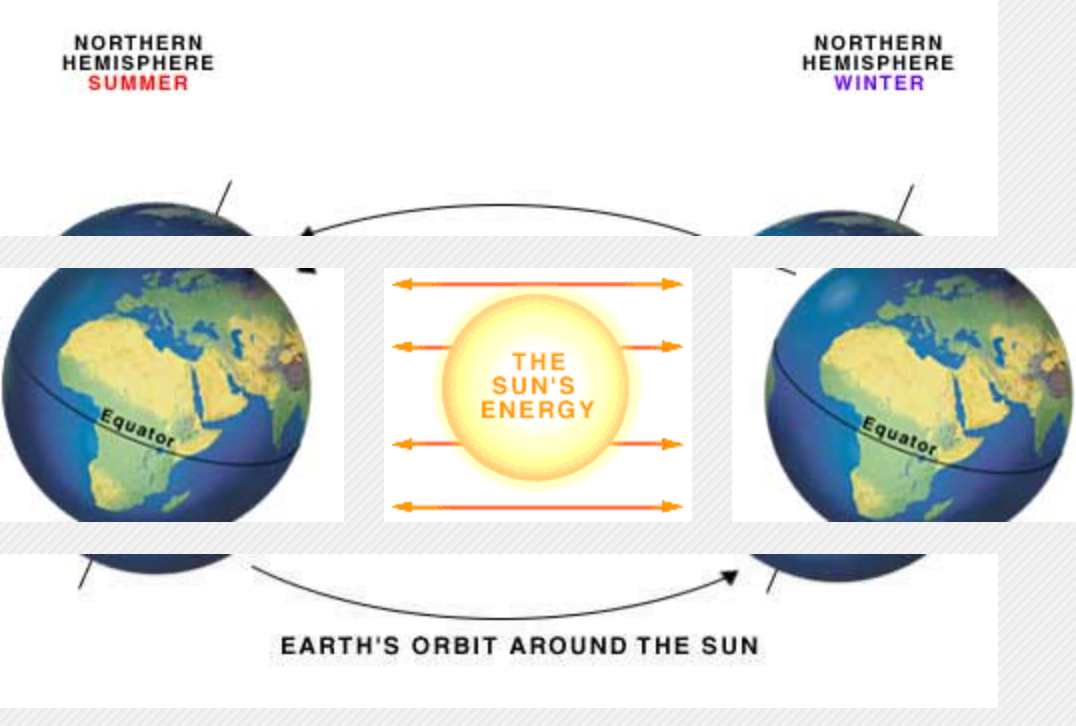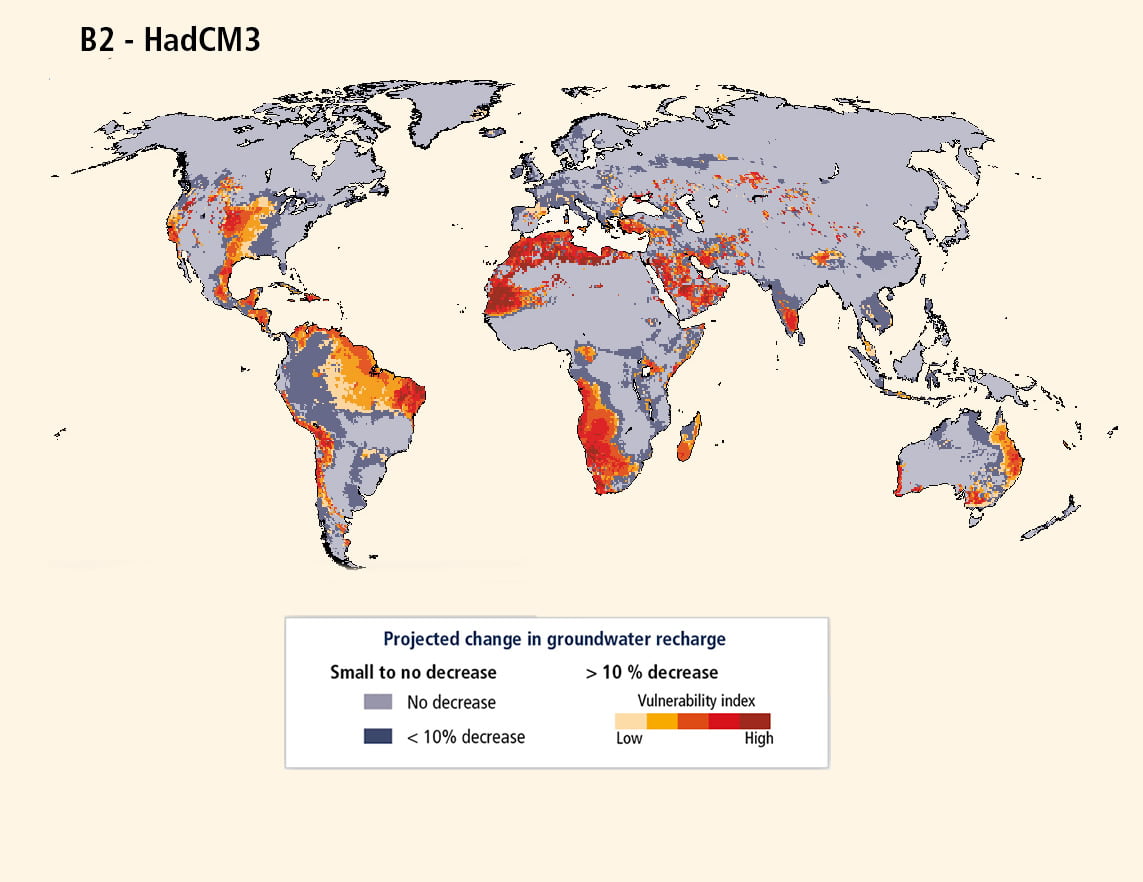The RMetS is delighted to have collaborated with CREATE Education to develop instructions to allow schools to 3D print sections of the Central England Temperature Record and use their models to learn about weather, climate, extreme weather and climate change.
These engaging, tactile resources allow students to get a hands-on experience of what climate is and how it can change, and how extreme weather relates to the climate.
The Central England Temperature (CET) data record is the longest instrument record of temperature in the world, with average monthly temperature each month from January 1659 to December 2018.
This project and the accompanying resources allow you to create 3D models that will represent 10 years of temperature data. The models have been designed to interlink, so students can create a series of models to represent larger timeframes. Once the 3D models have been created and 3D printed, there is a tactile resource that can be used in multiple ways in the classroom to visualise and study past weather and climate, and at how the climate of the UK has been changing over time.
- Download the Teacher Guide
- Download the Lesson Resources
The lesson resources specifically focus on
1. The difference between climate and weather
2. The current climate of the UK
3. The changing climate of the UK
4. Looking at past extreme weather events and researching their impacts on people in the UK.
Further resources to teach weather, climate, correlation, photosynthesis, regression, the carbon cycle, isotopes and more.
Further resources past climate change teaching resources for secondary geography.




